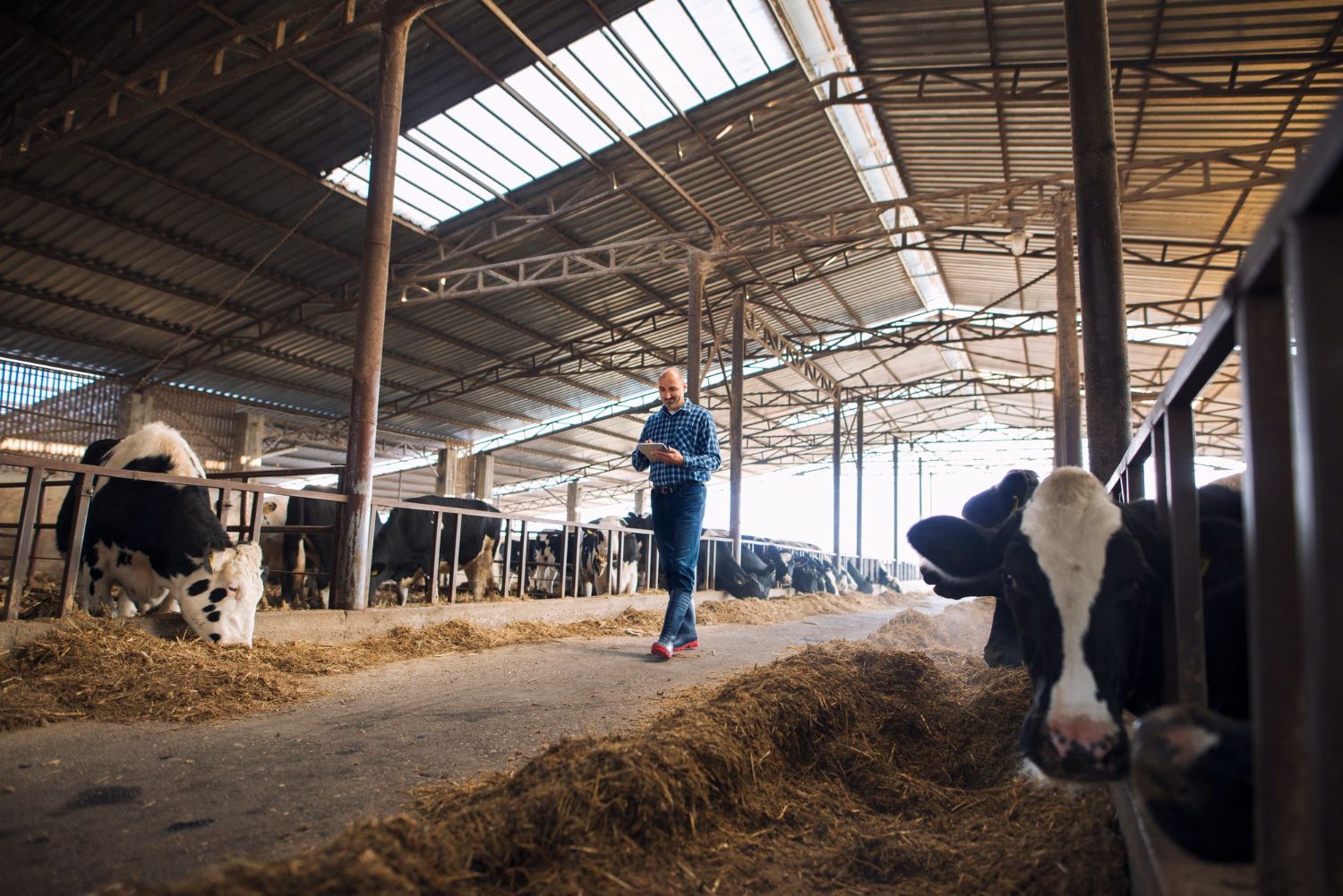In a world enamoured with success stories, it might seem counterintuitive to champion failure and adversity. However, if one delves deeper into the annals of great leadership, a surprising element emerges—resilience. There's a compelling case to be made that the crucible of setbacks and challenges actually moulds the most effective leaders. In this blog we explore why.
Our Love Affair with Success
For many, success is the ultimate goal. It's the indicator that one is competent, valued, and in control. But the road to true leadership often winds through valleys of failure. Thomas Edison, when developing the light bulb, once remarked, "I haven’t failed. I’ve just found 10,000 ways that won’t work.” If Edison lacked resilience, would we remember him today?
Leadership isn't about avoiding pitfalls; it's about navigating and growing from them.
Resilience as the Cornerstone of Effective Leadership
In the contemporary business world, leadership indicators have evolved beyond the mere ability to manage teams or hit financial targets. One such significant indicator, as underscored by research, is resilience. Here's a deeper look at why resilience is not only important but also transformative in the realm of leadership.
Resilience: More Than Just Bouncing Back
Resilience, as highlighted by the Harvard Business Review, isn't just about recovery; it's about thriving amidst adversity. And when it comes to leadership, this attribute can be the difference between a good leader and a great one.
The Science Behind Resilience and Leadership
A plethora of studies in organisational psychology have illuminated the undeniable link between resilience and an array of positive professional outcomes. Among these:
Heightened Job Performance: Resilient leaders tend to approach challenges as opportunities for growth. They adapt, evolve, and ultimately lead their teams to successes even in turbulent times.
Reduced Burnout: Burnout has become endemic in today's high-stress work environment. Resilient leaders, however, are better equipped to manage stress, ensure work-life balance, and thus mitigate the symptoms and effects of burnout.
Increased Job Satisfaction: Satisfaction isn't just derived from success; it's also about overcoming hurdles. Resilient leaders find fulfilment in navigating challenges, which translates to higher overall job satisfaction.
The Crucible of Adversity: Moulding Effective Leaders
Adversity isn't just a challenge; it's a classroom. It shapes leaders in multiple, profound ways:
Empathy as a Leadership Tool
Leaders who have navigated the stormy seas of professional or personal difficulties develop a heightened sense of empathy. This is more than just understanding or sympathising—it's about genuinely feeling the team's struggles.
Such empathetic leaders become invaluable assets for organisations. They foster environments where team members feel seen, heard, and understood. This creates a bedrock of trust, making teams more cohesive and more willing to take risks, confident in the knowledge that their leader understands and supports them.
Grit: The Silent Powerhouse
Angela Duckworth’s research on grit has revolutionised our understanding of success. Grit isn't just about raw strength or endurance; it's about maintaining passion and perseverance for goals that last a lifetime.
Adversity instils this very grit in leaders. Each failure, each setback, and each challenge faced and overcome adds another layer to a leader's reservoir of grit. Such leaders not only set high standards for themselves but also inspire their teams to adopt a similar attitude of unwavering commitment to their goals.
Innovation Born from Challenge
When traditional paths are blocked by obstacles, true leaders don't just look for another path—they create one. Adversity, in this sense, becomes a powerful catalyst for innovation.
Leaders forged in the furnace of adversity are not confined by conventional wisdom or traditional methodologies. They think outside the box, encouraging their teams to do the same. This culture of innovative thinking often leads to groundbreaking ideas, solutions, and strategies that set the organisation apart in a competitive marketplace.
The food & beverage industry is fraught with unpredictability and fierce competition. New businesses come and go, often within the span of just a year. Yet, the tales of resilience and redemption in this sector are incredibly inspiring. Let's dive into some real-world examples of individuals from the food & beverage industry who faced adversity head-on and emerged triumphant.
Howard Schultz: Starbucks
Before Starbucks became the global coffeehouse chain synonymous with morning routines, it faced its fair share of troubles. Howard Schultz, the chairman and former CEO, had a vision of turning Starbucks from a mere coffee bean seller into a café experience inspired by his travels in Italy. Schultz's proposal was initially rejected, leading him to leave and start his chain, Il Giornale. However, when Starbucks later faced financial difficulties, Schultz returned, acquired the company, and transformed it into the coffee empire we know today. Through this journey, Schultz's resilience and unyielding belief in his vision were evident.
Ben Cohen and Jerry Greenfield: Ben & Jerry’s
Ben & Jerry’s, a name synonymous with innovative ice cream flavours, was founded by childhood friends Ben Cohen and Jerry Greenfield. Before they struck gold with their ice cream parlour, they faced several setbacks. Both Ben and Jerry faced failures in their previous endeavours—Ben with several art-related ventures and Jerry with medical school rejections. Instead of succumbing to these setbacks, they took a $5 correspondence course on ice cream making and set up their first ice cream parlour in a renovated gas station. Their resilience and commitment to their brand, despite numerous challenges including big corporation competition and financial struggles, turned Ben & Jerry’s into a household name.
Sir Thomas Johnstone Lipton: Lipton Tea
Sir Thomas Lipton, the founder of the world-famous Lipton tea brand, was no stranger to adversity. Before he built his tea empire, Lipton, born to impoverished Irish-Scottish parents, worked in a number of low-paying jobs. He then decided to open his grocery store, and though it was successful, he faced stiff competition. To differentiate himself, Lipton decided to directly purchase tea from producers, reducing costs. He travelled to Sri Lanka and bought tea estates, ensuring the supply at a lower price. His resilience and innovative approach to addressing the challenge of competition led to the birth of the globally recognized Lipton brand.
Anita Roddick: The Body Shop
While The Body Shop might be more associated with cosmetics than food & beverage, its founder Anita Roddick's story of resilience in business is worth noting. Anita opened the first Body Shop in 1976 with the aim of making an income for herself and her two daughters while her husband travelled. Faced with limited resources, she used minimalistic packaging and championed the refilling of containers. Her genuine commitment to environmental issues and refusal to advertise gave her brand a unique identity. Despite facing heavy competition from big cosmetic brands and backlash for some of her unconventional decisions, Roddick's resilience made The Body Shop an international success.
Building Resilience
So, how can leaders cultivate resilience? It begins with a mindset that views failure not as a dead end but as a learning opportunity. Embracing failure requires courage, introspection, and a willingness to adapt.
Accepting Failure as Part of Growth: By accepting that failure is a natural part of growth and innovation, leaders can foster a culture that encourages risk-taking and creativity.
Celebrate Failures as Learning Opportunities: Instead of penalising mistakes, dissect them. What lessons can be learned? How can they inform future decisions?
Creating Supportive Environments: Fostering an organisational culture that supports risk-taking and learning from failure encourages everyone to push the boundaries of their potential.
Invest in Mental Wellness: Resilience is not just about endurance; it's about recovery. Support mental health initiatives that give leaders the tools to bounce back.
In the corporate lexicon, resilience is often misconstrued as mere endurance. It's time we viewed it for what it truly is—an invaluable trait, honed by adversity, that equips leaders with the empathy, grit, and innovation to lead effectively.
Resilience doesn’t just prepare leaders to weather the storm; it empowers them to change the world. As you chart your leadership journey, embrace adversity. For in its crucible, you'll find the very essence of transformative leadership.


